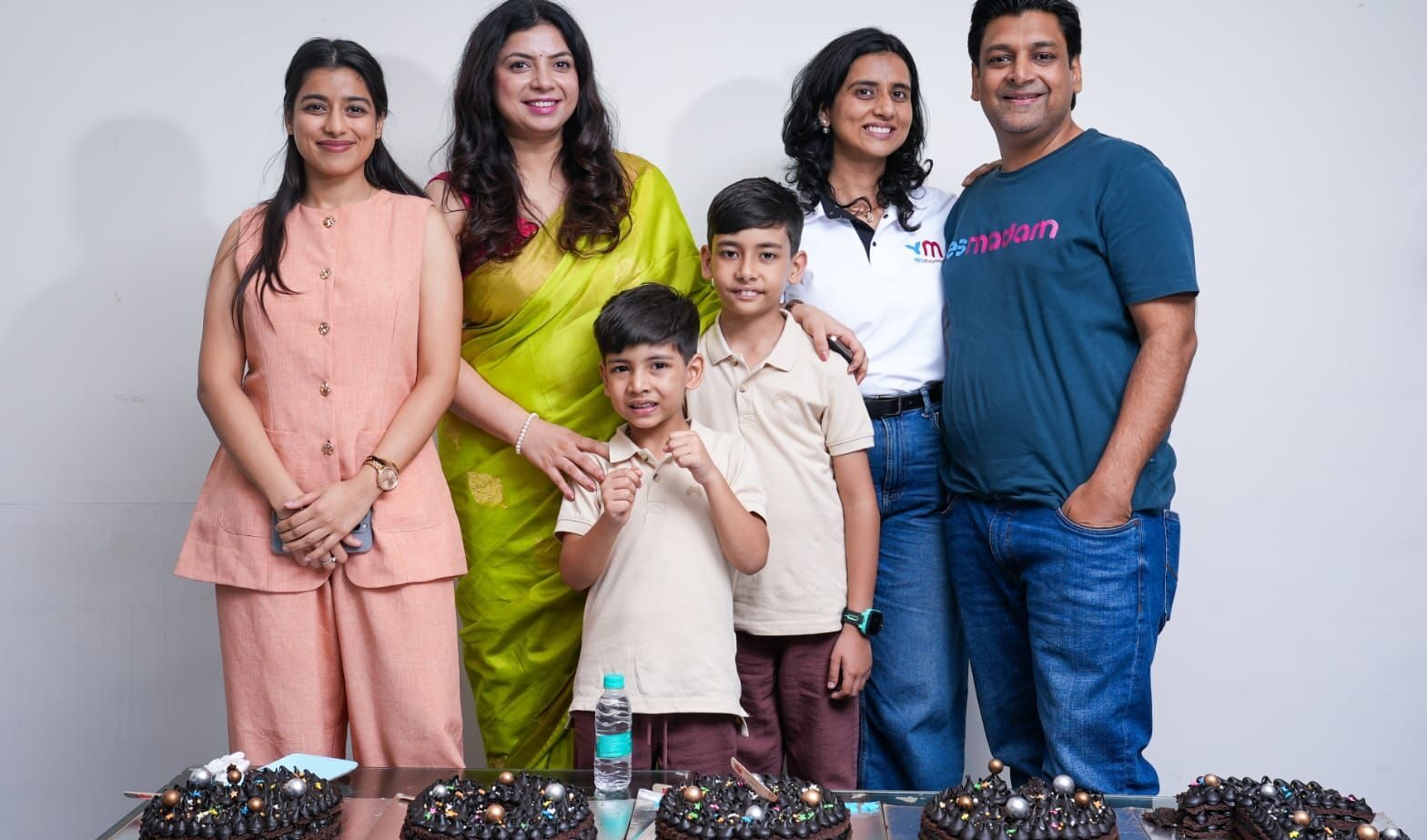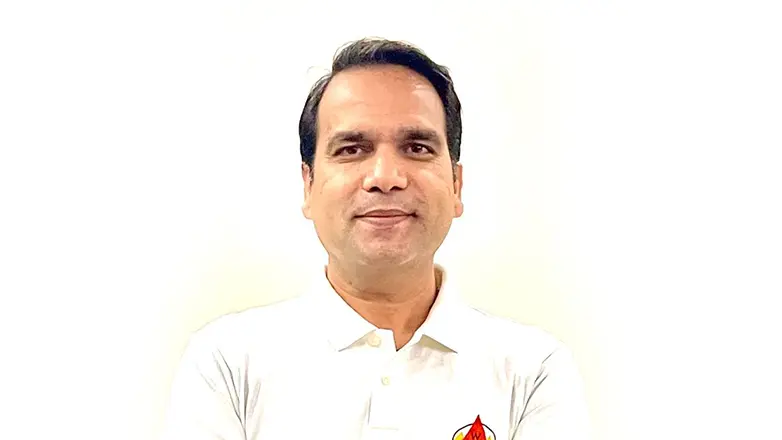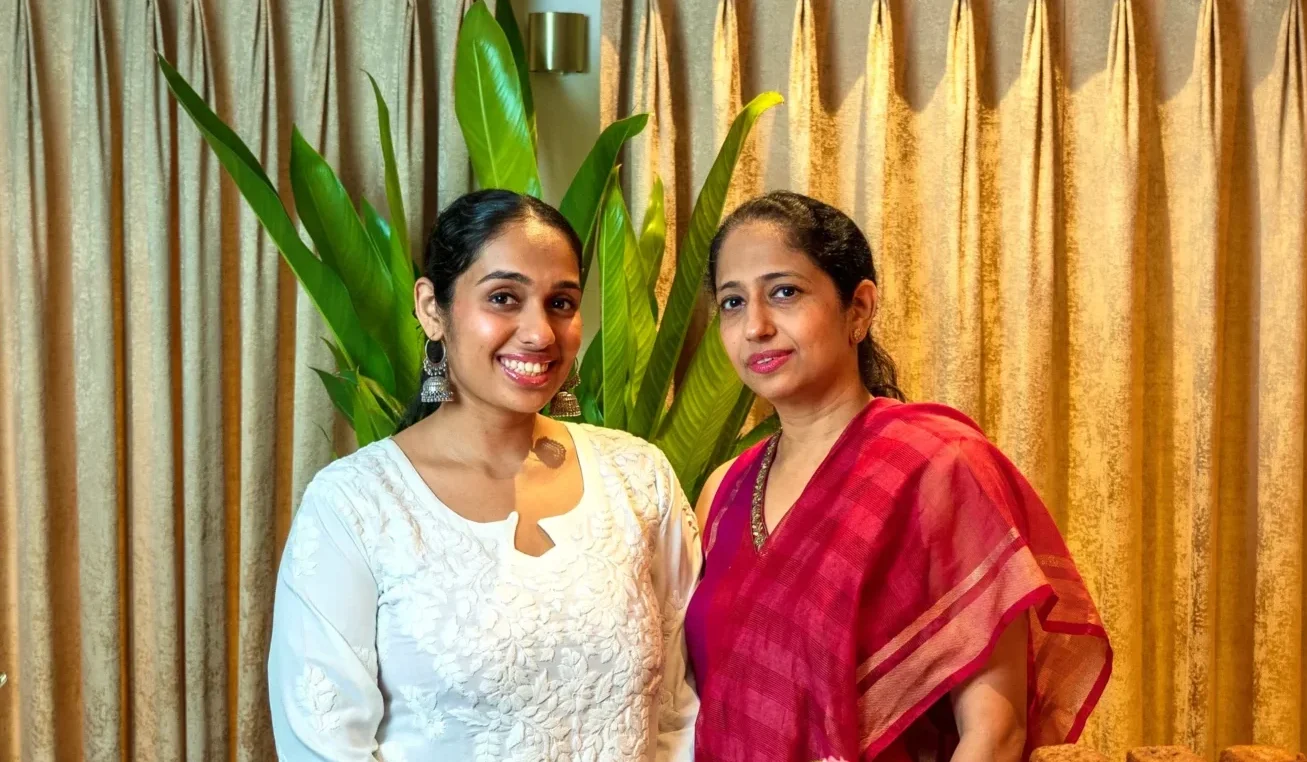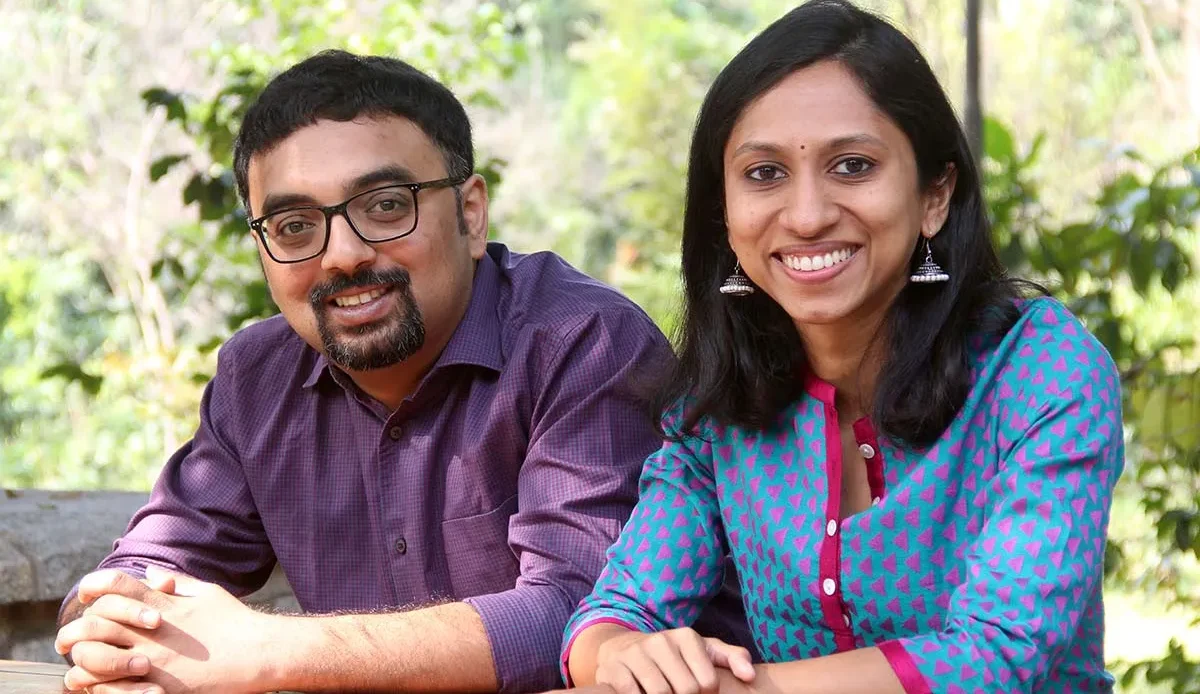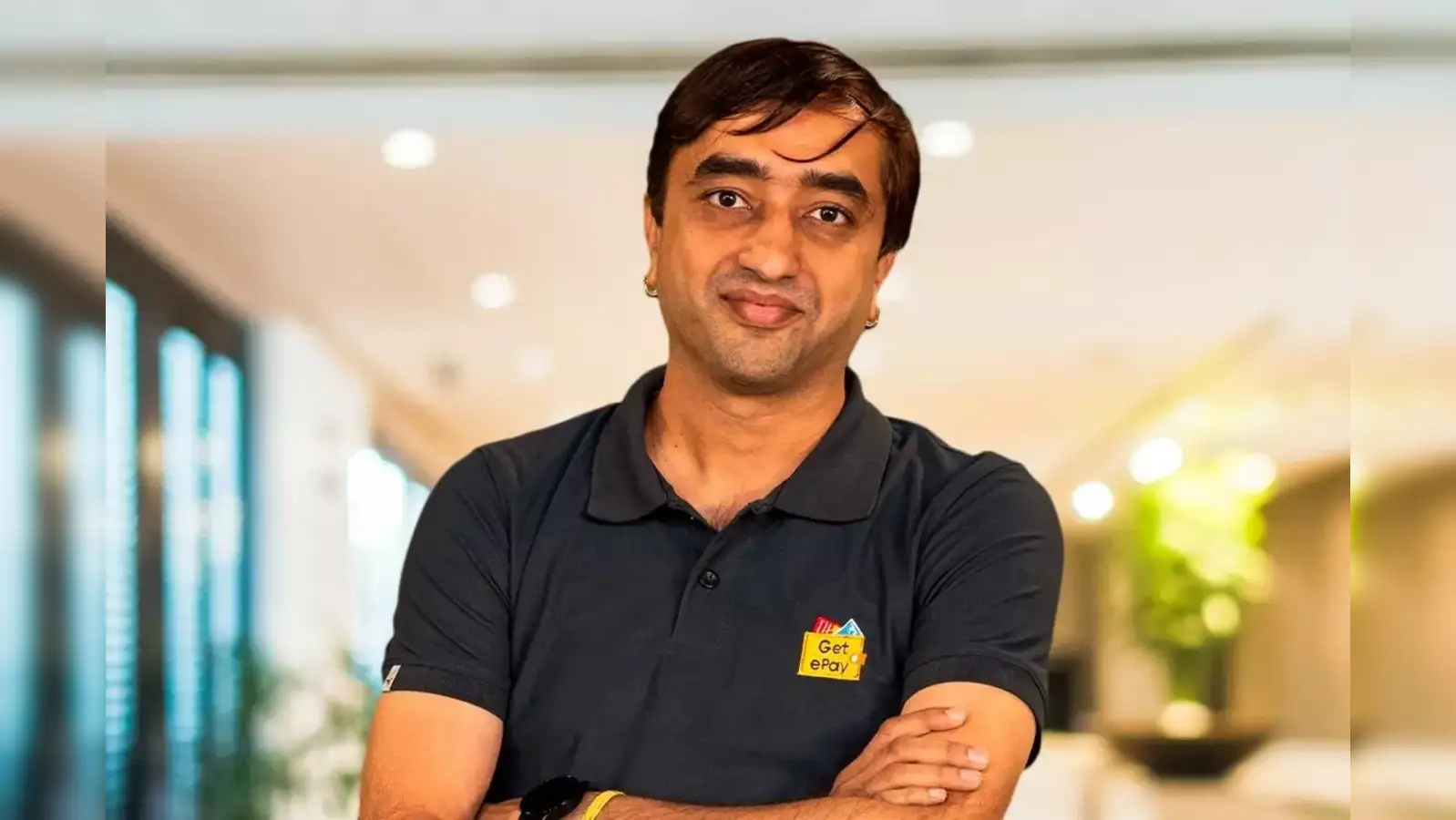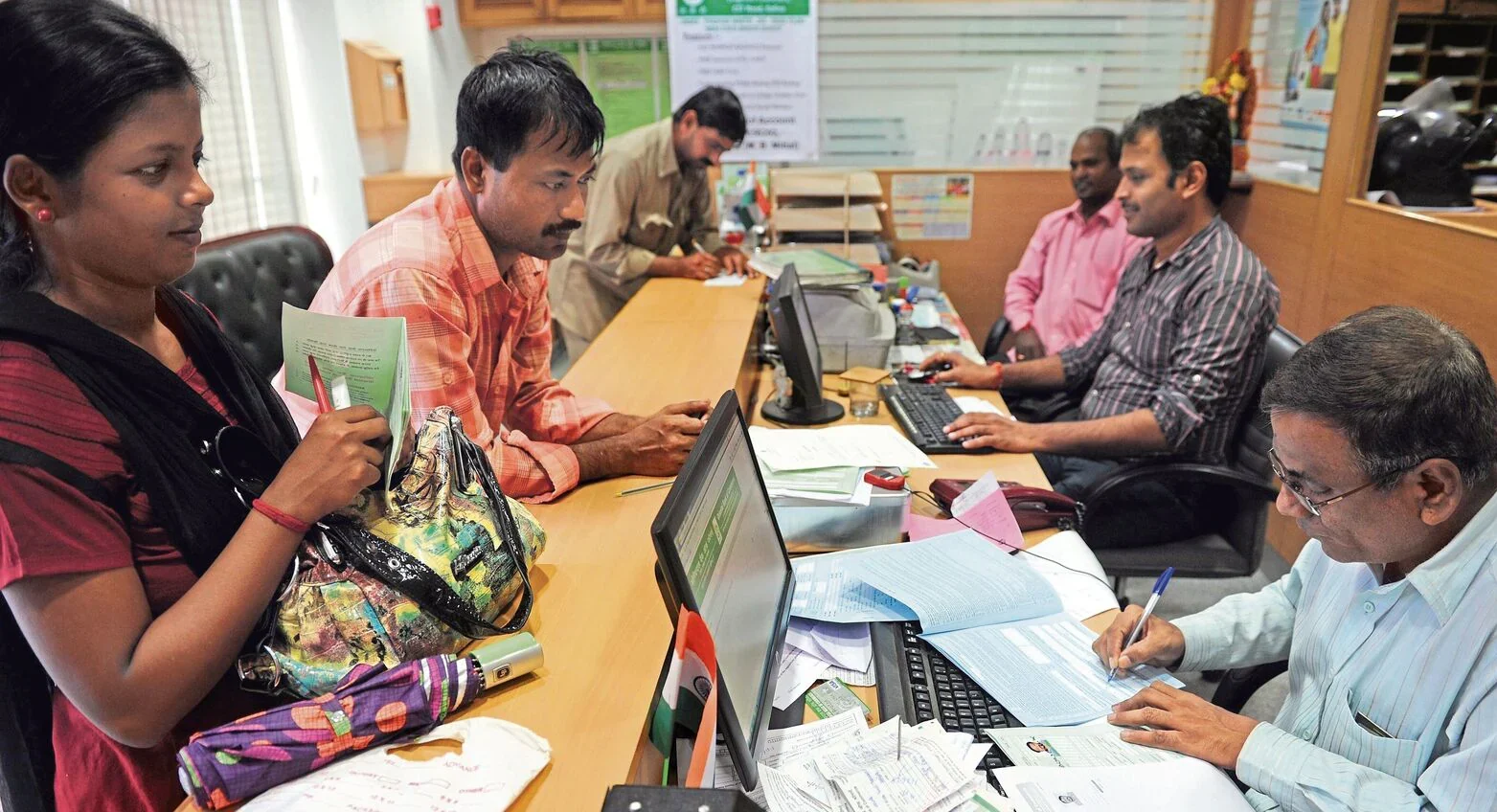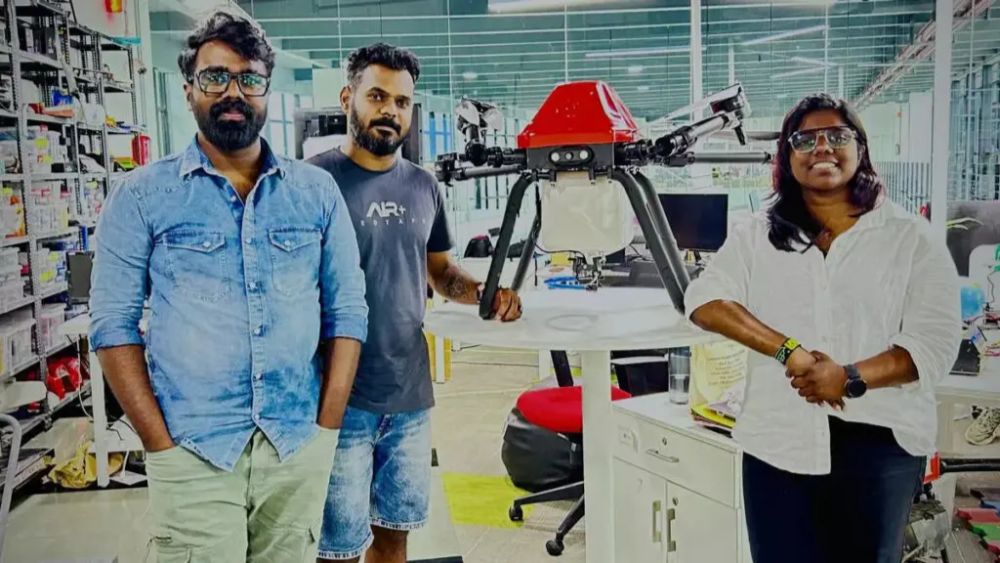Mitti ka Ghada, or Clay Pot, is the most common thing found in every Indian household and is used for keeping drinking water cool and safe. Apart from its water-cooling characteristic, it holds many health benefits, too, but once the pot is broken, they’re usually seen as useless, either tucked away in a storeroom or tossed out altogether.
But what if that broken clay pot could do more than just sit in a corner? What if it had the potential to grow into a small mushroom business? Here’s how.
Mitti-Pot Mushroom: The Method
This simple and affordable method relies on age-old materials and fits well into Indian homes, especially for those who want to grow their food in an eco-friendly way or want a small venture under their name.
What You’ll Need?
- A broken or cracked mitti ka ghada (clay pot)
- Paddy or wheat straw, soaked and pasteurised
- Oyster mushroom spawn (easily available at agri-centres or online)
- A shady, well-ventilated spot, like a balcony, a corner of your kitchen, or a terrace
- A little water and a lot of curiosity
That’s it. No fancy tools, no chemicals, just a smart use of waste, time, and space.
The Method
1. Start Layering:
Begin by placing a layer of the soaked, pasteurised straw at the bottom of the clay pot. Add a layer of mushroom spawn on top. Keep repeating this until the pot is filled.
2. Keep It Damp:
Lightly sprinkle water every day to keep the straw moist. The key is to maintain enough humidity without making it soggy.
3. Let It Grow:
In about two to three weeks, you’ll start seeing small mushroom buds peeking through.
4. Time to Harvest:
Within 25 to 30 days, the mushrooms will be ready to pick.
The beauty of using a clay pot is that it naturally allows air to flow and holds just the right amount of moisture, creating the ideal environment for mushrooms to grow happily.
Genius Mind Behind the Invention

This genius and sustainable method of growing oyster mushrooms in a clay pot is the brainchild of Dr. SK Bairwa, who is an agricultural expert from the Agricultural Research Centre in Sriganganagar, Rajasthan.
Dr. Bairwa found the easiest way to grow the oyster mushrooms, by just hanging them in the broken clay pots. This process is not only easy to cultivate, but the mushrooms grown by this method are also packed with nutrients like protein, fiber, and antioxidants.
With this simple breakthrough, Dr. Bairwa has set a new benchmark and sparked a growing movement that fuses traditional Indian know‑how with modern sustainability. It’s bigger than growing mushrooms; it’s about rethinking waste itself as a valuable resource.
Read More: India’s ₹1,000 Crore Moringa Export Boom: The Supercrop Powering Rural Prosperity










